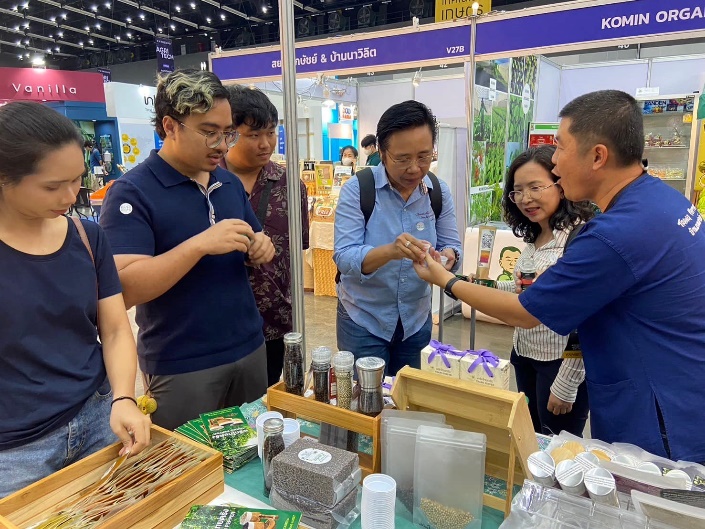Reporters: Asst.Prof.Dr. Prapot Maliwan
Assoc.Prof.Dr. Pornsil Seephueak
Asst.Prof.Dr. Nion Chirapongsathonkul
Asst.Prof.Dr. Worawitoo Meesook
Evidence Date: during 2023 Jan-Dec
Related SDGs:
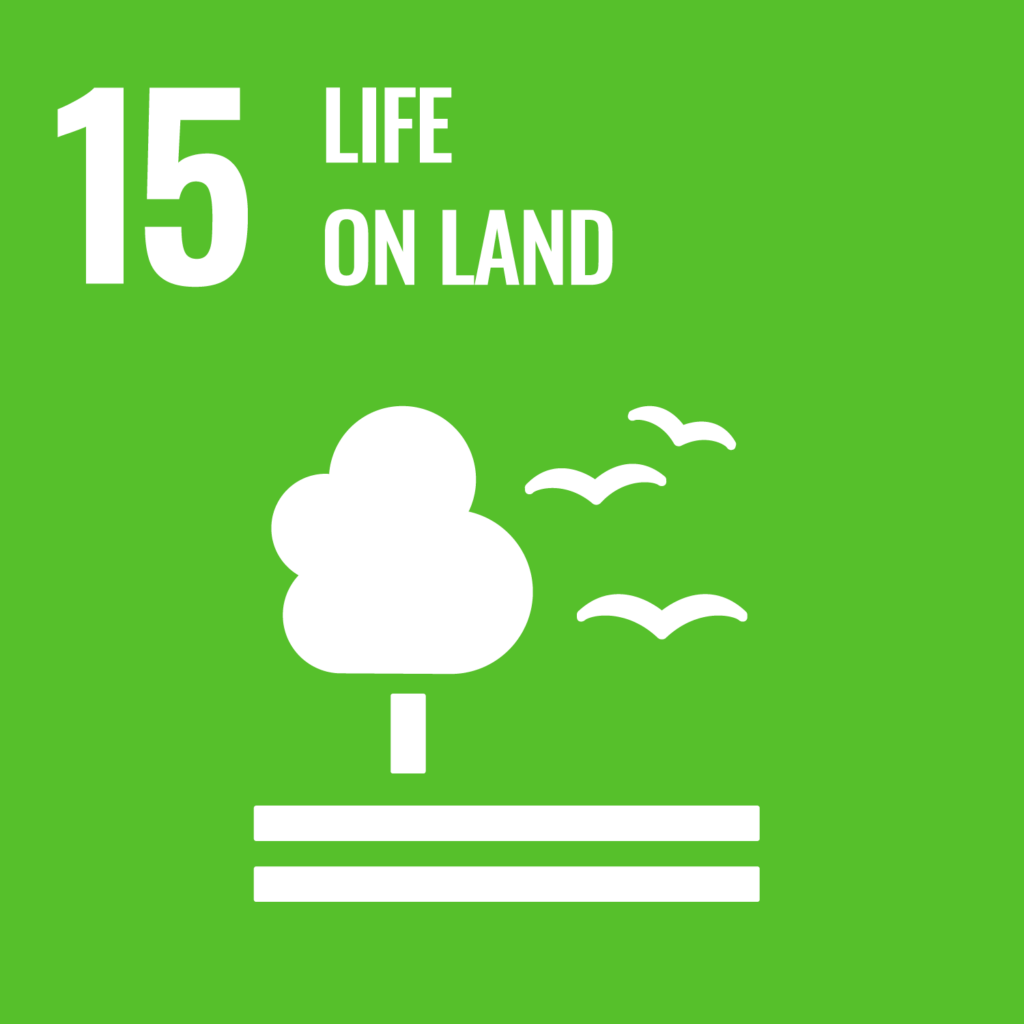
Related Indicators: 15.2.1
Details:
The research project titled “Research and Innovation Development of Sago Production for Commercial Purposes in Phatthalung Province,” supported by the Fundamental Fund 2023, is led by Asst. Prof. Kloyjay Krutjon. A critical aspect of this study focuses on the “Area Management and Conservation of Sago Palm in Phatthalung Province for Sustainable Commercial Utilization.” The initiative encourages local residents to cultivate sago palms for sustainable use. On August 12, 2023, a significant event was organized in Phatthalung Province, Thailand, to promote the sustainable management of this vital resource. The sago palm (Metroxylon sagu Rottb.) thrives in the natural water sources of southern Thailand, where its sustainable management and conservation are crucial for both ecological balance and economic development. Collaborative agreements among community members are essential to ensure that sago palms are maintained in a way that balances utilization with conservation. The ongoing research emphasizes that sago palm areas should be preserved through community-led efforts. This study has identified several villages in Chai Buri District, where residents are actively involved in both private and communal planting of sago palms, ensuring future generations can benefit from this resource.
The research indicates a growing trend among local farmers to utilize sago palms for producing starch for consumption. However, there is a noticeable decline in sago palm forests, which poses a significant threat to the sustainability of this vital resource. To combat this issue, the research aims to identify effective propagation methods for sago palms to ensure their conservation and continued use. Various experiments were conducted to assess the survival rates of different seedling sizes after a six-month nursery period in natural water sources. The findings revealed that seedlings with a diameter of 1.86 cm had the highest survival rate of 40%. Additionally, the research explored the effects of seed size and treatment methods on germination and growth, with results indicating that large, untreated seeds yielded the highest germination rates. Furthermore, tissue culture methods were explored using leaf sections, shoot tips, and embryos, although challenges remain in developing mature plants from tissue cultures due to the slow growth rate of sago palms. Consequently, natural propagation from offshoots remains the most effective and widely adopted method for expanding sago palm cultivation in the region. This research not only promotes sustainable use of sago but also encourages community engagement in conservation efforts, thereby supporting both local livelihoods and ecological integrity.
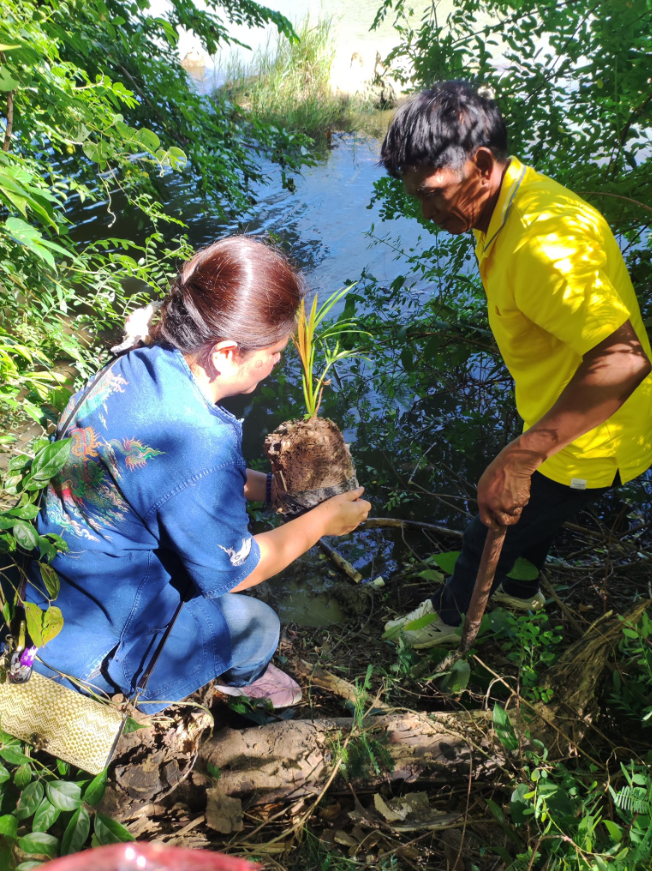
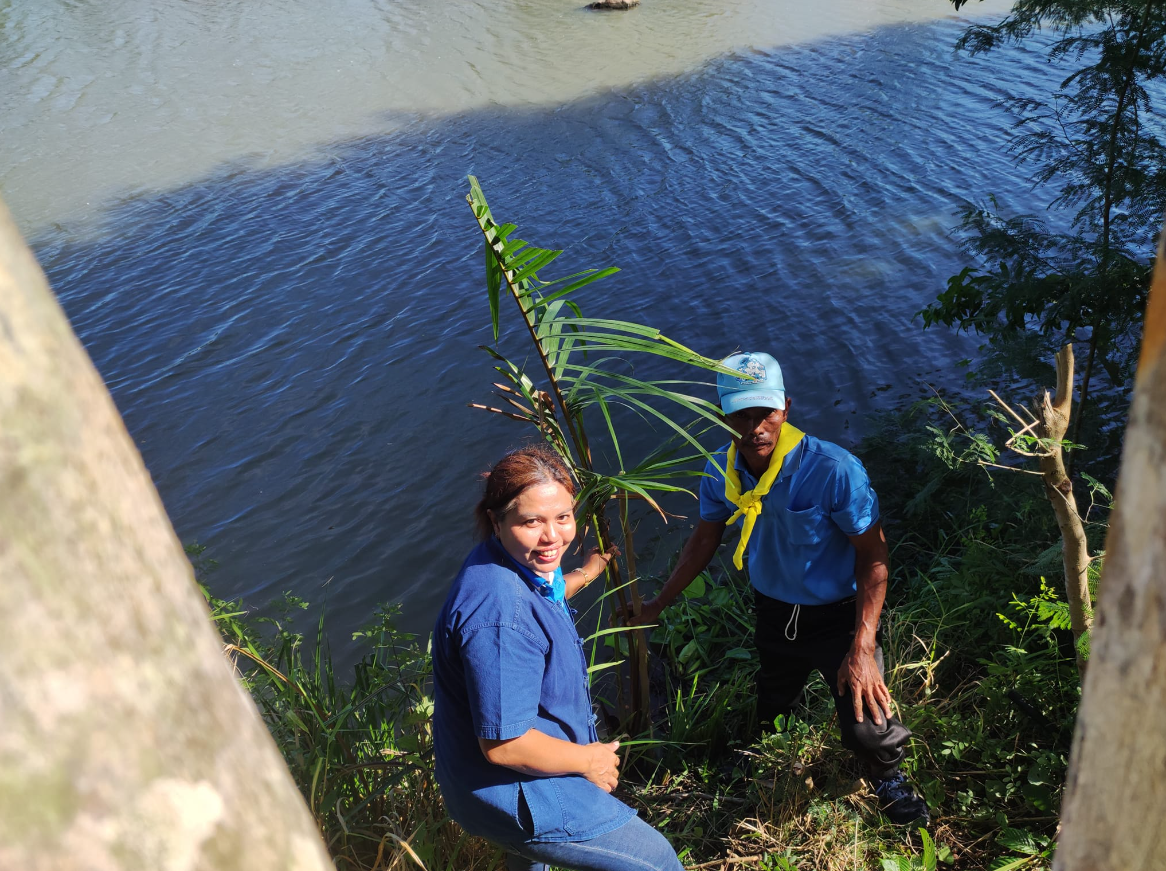
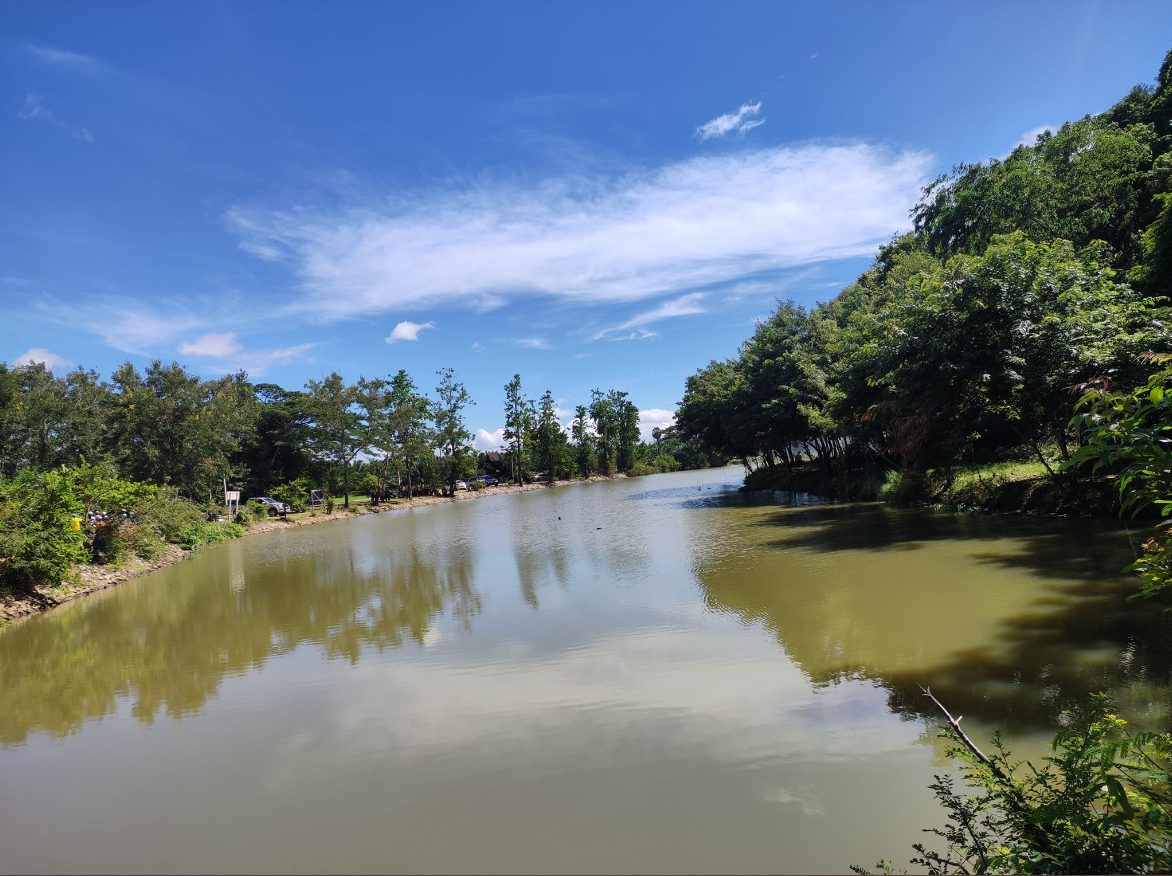
Related Links:
https://riss.rmutsv.ac.th/project/?id=4639
https://www.facebook.com/story.php?story_fbid=10225231191990045&id=1328663173&rdid=cG27BnuQPu5vlvb3



